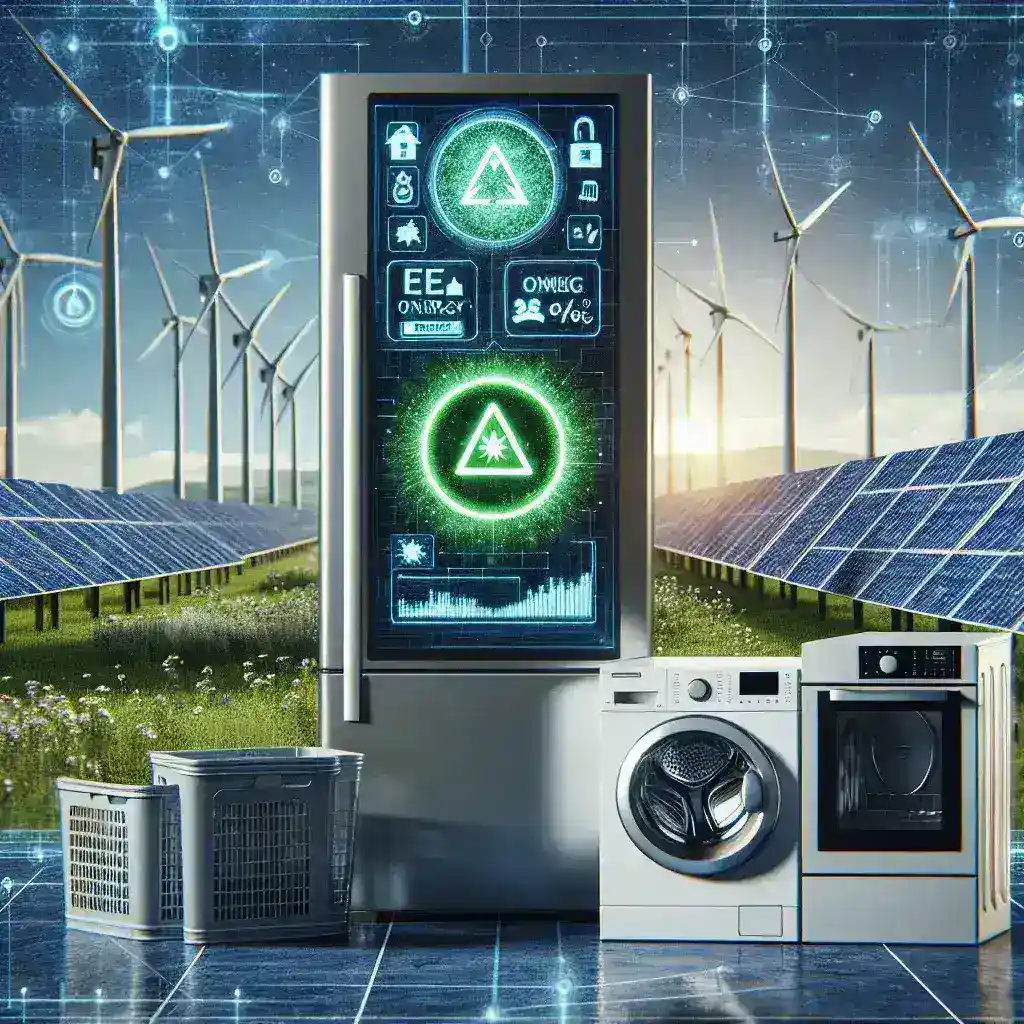Introduction
The concept of Energy Star labeling has long been associated with energy efficiency and environmental responsibility. As we move into an era dominated by artificial intelligence (AI), the implications for Energy Star labeling are profound. In this article, we will explore what AI Energy Star labeling could require in the future, examining technological advancements, potential standards, and the broader implications for consumers and industries.
The Evolution of Energy Star Labeling
Energy Star, a program initiated by the U.S. Environmental Protection Agency (EPA) in 1992, was designed to promote energy-efficient products and practices. Over the years, the program has expanded to cover a wide range of appliances, electronics, and buildings, helping consumers make informed choices while reducing energy consumption.
With the rise of AI, the landscape of energy efficiency is rapidly changing. AI technologies are increasingly being integrated into products and systems, enabling smarter energy management and optimization. This shift raises several questions about the future of Energy Star labeling.
AI-Driven Energy Efficiency
Artificial intelligence has the potential to revolutionize energy efficiency in several ways:
- Data Analysis: AI can analyze vast amounts of data to identify patterns and insights that humans might overlook. This capability can lead to more accurate assessments of energy consumption and efficiency, informing future labeling standards.
- Predictive Maintenance: AI can predict when appliances and systems are likely to fail or require maintenance, allowing for timely interventions that can enhance efficiency and extend product lifespans.
- Smart Optimization: AI algorithms can optimize energy use in real-time, adjusting settings based on usage patterns and external factors like weather, thereby reducing waste and improving overall efficiency.
Potential Requirements for AI Energy Star Labeling
Looking ahead, what might AI Energy Star labeling require? Here are some potential criteria:
1. Real-Time Performance Monitoring
Products with AI capabilities may be required to provide real-time performance data, allowing consumers to see how their energy usage fluctuates under different conditions. Such transparency can empower users to make informed decisions about their energy consumption.
2. Adaptive Learning
AI systems that learn and adapt to user behavior may need to demonstrate their efficiency over time, showcasing improvements in energy consumption as they adjust to the needs of the household or business.
3. Integration with Smart Grids
As smart grids become more prevalent, AI-driven devices may be required to communicate effectively with the grid, optimizing energy use based on supply and demand. This could include shifting energy consumption to off-peak times or utilizing renewable energy sources when available.
4. Environmental Impact Assessment
Future Energy Star standards may include assessments of the overall environmental impact of products, taking into account not only energy consumption but also manufacturing processes, materials used, and end-of-life disposal.
Pros and Cons of AI Energy Star Labeling
Pros
- Enhanced Efficiency: AI can drive significant improvements in energy efficiency, resulting in lower utility bills and reduced environmental impact.
- Informed Consumer Choices: Detailed performance data allows consumers to make better decisions, leading to a more competitive market for energy-efficient products.
- Support for Sustainable Practices: By integrating sustainability into labeling standards, AI can foster a culture of responsibility among manufacturers and consumers alike.
Cons
- Complexity: The introduction of AI into labeling may complicate the certification process, making it challenging for manufacturers to comply with new requirements.
- Cost: Implementing AI technology may increase production costs, potentially leading to higher prices for consumers.
- Data Privacy Concerns: With real-time monitoring and data collection, there may be concerns about consumer privacy and data security.
Real-World Examples of AI in Energy Efficiency
Several companies are already implementing AI technologies to enhance energy efficiency:
- Google Nest: The Nest Learning Thermostat uses AI to learn user preferences and adjust heating and cooling settings, resulting in significant energy savings.
- IBM Watson: IBM’s AI platform analyzes energy consumption data across buildings, optimizing energy use and reducing waste in commercial settings.
- Siemens: Siemens has integrated AI into its building management systems, allowing for real-time energy optimization and predictive maintenance.
Future Predictions
As AI technologies continue to evolve, we can expect Energy Star labeling to adapt accordingly. Here are some predictions for the future:
- Increased Collaboration: Manufacturers, regulators, and AI experts may collaborate more closely to establish effective labeling standards that ensure consistency and reliability.
- Global Standards: As energy efficiency becomes a global priority, we may see the emergence of international standards for AI Energy Star labeling, promoting uniformity across markets.
- Consumer Awareness: Public education campaigns may be necessary to inform consumers about the benefits and workings of AI-driven products, ensuring they understand the value of energy-efficient choices.
Conclusion
The future of AI Energy Star labeling is promising yet complex. As we harness the power of artificial intelligence to drive energy efficiency, the standards and requirements for labeling will likely evolve. By embracing these changes, consumers and manufacturers can work together towards a more sustainable future, where energy efficiency is not just a goal but a standard practice. As we continue to innovate and push the boundaries of technology, the collaboration between AI and energy efficiency will undoubtedly become a cornerstone of modern living.

